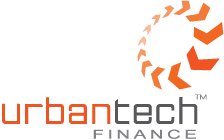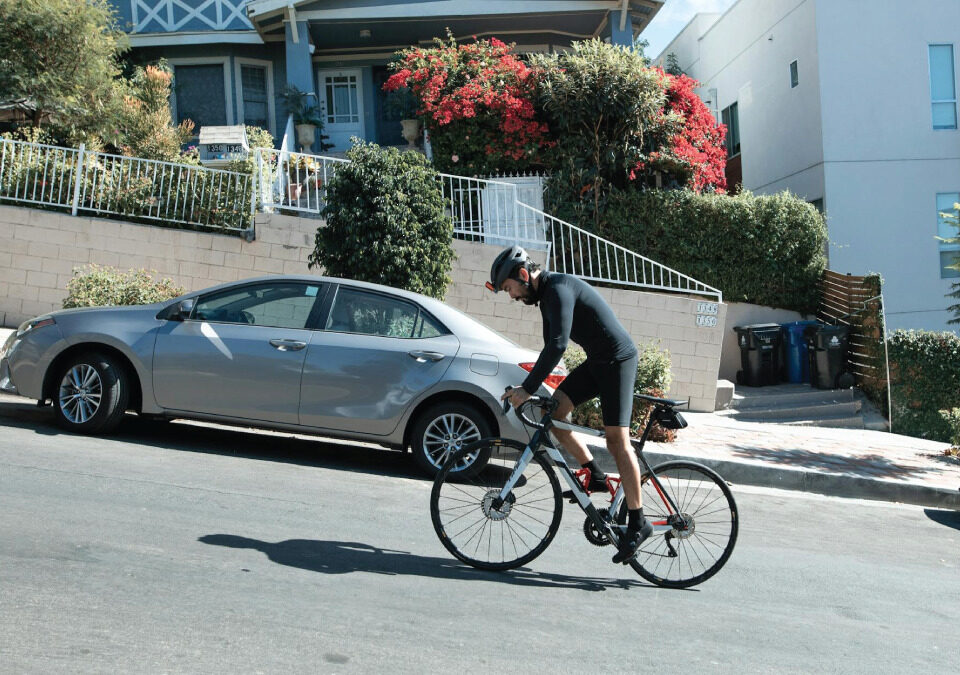- ENQUIRE ONLINE OR CALL US
- 08 8451 1500
The RBA’s interest rate statement for June 2015
Top 20 tips for minimising your tax bill this year…
Getting the most out of the Budget
The small business community can face the new financial year with increased certainty, with legislation for the government’s small business tax cut and $20,000 asset write-off scheme passing through the Senate earlier this week.
As a result all small businesses can immediately deduct every asset costing less than $20,000 they’ve purchased since Budget night and can continue to do so until the end of June 2017.
In addition, small companies with a turnover of less than $2 million will benefit from a 1.5% tax cut from 1 July 2015. These measures mean that the tax rate to small businesses is the lowest it has been since 1967.
Of all the budget announcements, it’s the inclusion of a $20,000 tax write-off for businesses that has received much of the attention – so how exactly does it work, are you eligible, and is it really that beneficial for your business?
$20,000 Asset Write-Off Scheme
Who Can Get It?
Any small business or sole trader with an Australian Business Number [ABN] is eligible for the tax deduction as long as their business has an annual turnover of less than $2 million.
How Does It Work?
Businesses or sole traders purchase the items outright and then get the money for the item back as a tax write-off.
What Can I Purchase?
Any item that relates to your business – this could include such items as; televisions, new cars, fridges, printers, computers, tablets, smartphones, coffee machines, solar panels, air-conditioning, power tools etc.
The items don’t have to be brand new and can also be second hand.
The government says most small capital purchases will be eligible for the new threshold. This means any item valued under $20,000 used for running your business is now 100% tax deductible.
What Can’t I Claim?
Items to be claimed must be physical items. Marketing costs are not permitted. You also aren’t able to claim stock or claim for assets that have specific depreciation rules like software for your business.
Can I Only Claim $20,000?
No, you can claim as many products under $20,000 as you desire. There is no limit.
Assets above the $20,000 threshold can be added together in the existing simplified depreciation pool and depreciated at the same rate: 15% in the first income year and 30% thereafter. If the value of the asset “pool” is less than $20,000, it can be immediately deducted until the end of June 2017
Are There Any Rules Around My Claim?
Yes, the items that you purchase must be related to your business.
If I Want To Buy Something Over $20,000 Can I Still Claim Any Deductions?
Yes. Any items over $20,000 can be added together [pooled] and depreciated at the same rate. These assets are depreciated at 15 per cent in the first income year and 30 per cent per year thereafter.
How Long Do I Have To Claim?
The $20,000 tax deduction began the night the budget was announced and goes through to June 30, 2017. It is scheduled to go back to the original $1,000 threshold after that time.
Summary
Business owners need to bear in mind you don’t get $20,000 back, instead you will probably get around $6,000-$8,000 back in tax savings dependent on your tax rates and business structure – but that’s still a bit of money.
It’s also worth noting that prior to the scheme you would still have received the same tax saving, the difference being that previously it would have been spread over a number of years [based on the asset’s normal effective life].
Overall it’s a great incentive for small business but like any other business expense it needs to bring value to your business in the form of future cost savings or increased income – after all there’s no point spending $20,000 for the sake of it!
Get in before the EOFY and pay less tax!
We have access to a broad range of motor vehicle and plant & equipment finance products at the very best rates, including; hire purchase/leases; chattel mortgages, novated leases, fit out finance [commercial and retail] and more…
This means we can help finance your $20,000 asset purchase! In fact, we can help you fund a purchase prior to the end of this financial year thereby reducing your businesses’ 14/15 taxable income by up to $20,000.
But as there is no limit to the number of $20,000 assets you can claim the 100% deduction for, the tax savings could be much higher!
For more details or to discuss your situation please call 08 8451 1500
The 2015 Budget Summary
 It seems Joe Hockey and Tony Abbott have learnt much from their near-death experience. Their second budget is top-heavy on sweeteners for small business and families, without the sour taste of a Medicare co-payment or easing back on age pensions.
It seems Joe Hockey and Tony Abbott have learnt much from their near-death experience. Their second budget is top-heavy on sweeteners for small business and families, without the sour taste of a Medicare co-payment or easing back on age pensions.
There’s so much written about the Federal Budget, but what does it mean for you as an individual?
If you don’t want to read our budget overview below here are our top highlights:
- The company tax rate for small businesses with turnover of less than $2 million will be reduced by 1.5% to 28.5%. These small businesses will also be able to claim an immediate tax deduction for each and every item they purchase up to $20,000.
- Unincorporated small businesses will receive a 5% tax discount;
- Increased childcare subsidies will be available to many lower income young families;
- Families that don’t vaccinate their kids will miss out on childcare subsidies and family benefits;
- Changes to the pension assets test will be a boost for retirees with less money, however, higher net worth retirees may still qualify for some entitlements;
- It will no longer be possible to claim both the full Government and employer provided parental leave payments;
- Watch out online! You’ll have to pay GST on digital products and services from offshore businesses from 1 July 2017;
- Great news for farmers – expenses for fencing and water facilities will be fully deductible.
Budget Overview
If you just can’t get enough of budget talk we’ve compiled the following budget overview for your enjoyment;
Australian Government Debt
The 2015 budget deficit is $35.1 billion, dropping to $25.8 billion in 2016, and then $14.4 billion in 2017 with expectation of a return to surplus by 2019.
Health
Prescription medicine to rise by $5 a script [80 cents for pensioners] from January 2016.
$1.3 billion to be spent on new cancer and eye medicines.
Government to cut price it pays for some medicines to save $252 million.
Spending on medical research future fund down $1.3 billion to $3.487 billion.
Future
Treasury forecasts unemployment peaking at 6.5 per cent in 2015 and then falling to 6.25 per cent in 2016.
Inflation to rise to 2.5 per cent this year and staying at that level through to 2018/19.
Family
$4.4 billion families’ package includes $3.5 billion for child care over five years.
Families earning $65,000 or less will receive a subsidy of 85 per cent of their child care fees [up to an hourly fee cap]. No annual cap for families earning $180,000 or less.
Trial to extend childcare subsidies to nannies will cost $250 million for subsidised care to about 10,000 children by 4,000 nannies.
$843 million over two years for preschool programs.
Cost Cutting
Australian official foreign aid budget cut to $4 billion in 2015-16 including 40 per cent cut to aid to Indonesia to $323 million.
Stopping paid parental leave being claimed from employer and government at same time.
Big Spending
$5.5bn boost to small businesses and job-creation; Defence budget up by $2.7 billion to $31.8 billion a year; $3.2bn to fund childcare fees.
Education
Cuts to Education Department, Sustainable Research Excellence grants and research centres, totalling $307.7 million.
Extend National Collaborative Research Infrastructure funding for one more year at cost of $150 million.
Cut $131 million from education department, including abolishing the internal Office of Learning and Teaching and set it up at a university instead.
Cut $26.7 million from co-operative research centres.
Pursue HECS debts from people who move overseas, saving $26 million over four years.
The great news is that negative gearing was untouched in this budget!
It’s Tax Time!
 While we’re on the topic of budgets and finance it’s that time of year again!
While we’re on the topic of budgets and finance it’s that time of year again!
But don’t let your tax return get you down – there are lots of clever ways to save money on your tax bill.
Find an Accountant.
Accountants can have a better understanding of specific tax laws to make sure you get the best return possible. While you may have to pay for an Accountant’s time, you can then claim the fees on next year’s tax bill.
Keep a car log book.
If you use your car for work, you may be able to claim thousands in deductions. So keep receipts for expenses like petrol and servicing, and keep a log book for just 12 weeks a year.
Have you worked at home this year?
Even if you’re not self-employed, you may be able to claim a proportion of your home expenses if you’re regularly taking extra work home.
Claimable expenses may include internet and utilities, and depreciation of any furniture used.
Own An Investment Property?
Great news – there’s a lot you can claim when it comes to your investment property – but make sure you always check it over with your accountant first.
Some of the expenses may include: property management costs, council rates, water charges, mortgage interest, repairs and maintenance, pest control, cleaning fees, legal fees, depreciation [and related costs, e.g. getting a depreciation schedule], rental property costs [eg. running advertisements], borrowing expenses [for the first five years], strata fees, gardening costs, and insurance.
Note: This is general information only. It does not consider your personal situation. Please consult your Accountant for professional advice on your personal situation or speak to your taxation adviser to see if any of the above tips would be suitable for you. If you would like to be connected with an accountant or tax adviser just give us a call.
If you need any other details or wish to discuss your situation please feel free to contact us on 08 8451 1500 any time.
Sam & Matt
Urbantech Group
Adelaide Mortgage Broker +plus more…


